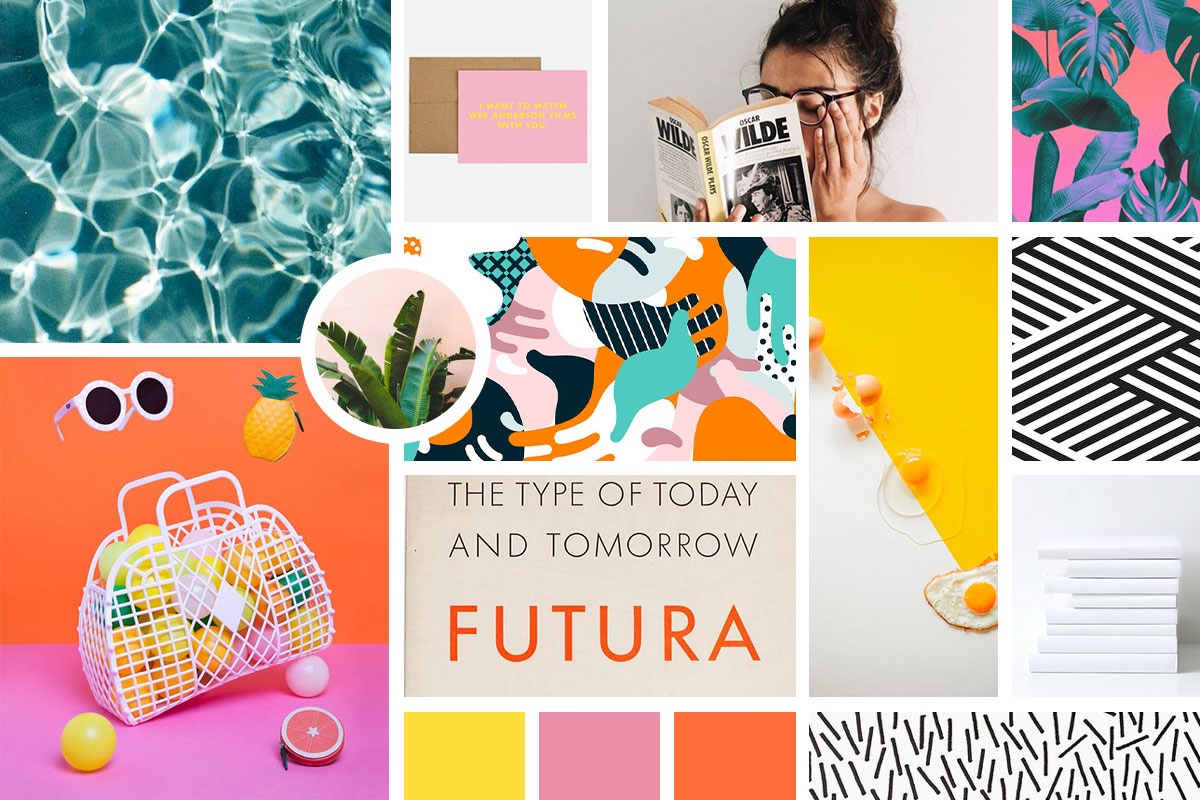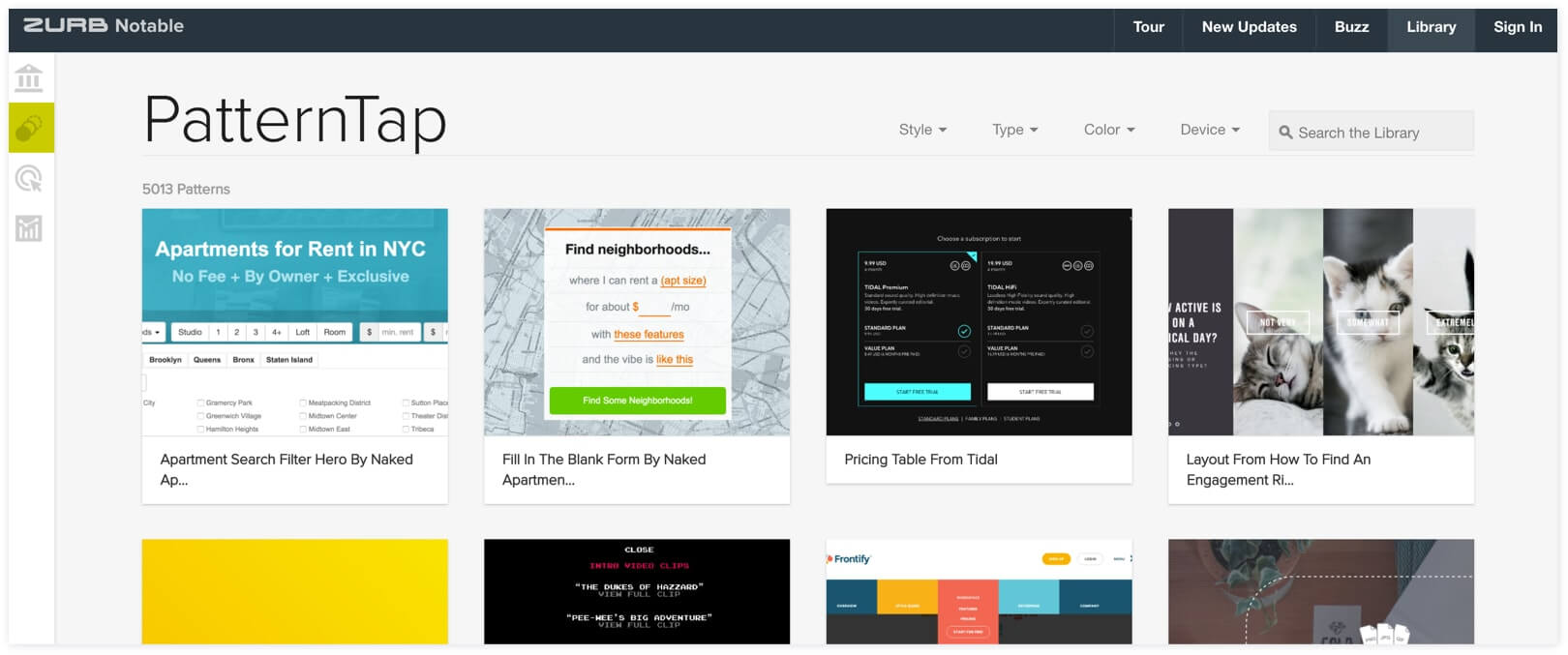

Now that you have all your mood statements you can set the mood by defining an emotional response. Product/Service: What feature is the persona interacting with when creating an emotional response. Verb: What action is the persona taking that triggers this emotion? Noun: The noun is a user persona make a mood statement per personaĪdjective: The adjective is an emotion, a feeling. Mood statements are short sentences that define how your user should feel when interacting with your product service or feature. “A mood is a temporary state of mind or feeling.” Before we get into the statements it's important to know what a mood is, according to Oxford dictionary The first step of your mood board is to define user-centered mood statements. See what competitors are doing wrong and what they are doing right: conduct a competitive audit. Look for market standards in color psychology, typography, and overall design. Pay close attention and look for keywords most clients use terms like clean which tends to mean lots of negative space and organized layout they just don’t know our design lingo. What should the product look like? How should it feel? These are questions you should be asking stakeholders. Ask for brand guidelines, if there is none don’t be afraid to ask for visual design references.

Before starting on a mood board make sure you have enough insight on your audience it’s best to define personas first.Ĭonduct stakeholder interviews. Here are a few tips before getting started on your mood board:Ĭonduct user research. As everything in user experience design your mood board should be focused on meeting user needs and problem-solving. In UX Design and product design, a mood board is a collage of images, fonts, interactions, features, icons, and UI elements to communicate the artistic direction of a project. It helps designers and stakeholders get on the same page for the visual aspects of the project. Setting the mood is a very important step for any design project.

A UX guide to designing better mood boards


 0 kommentar(er)
0 kommentar(er)
